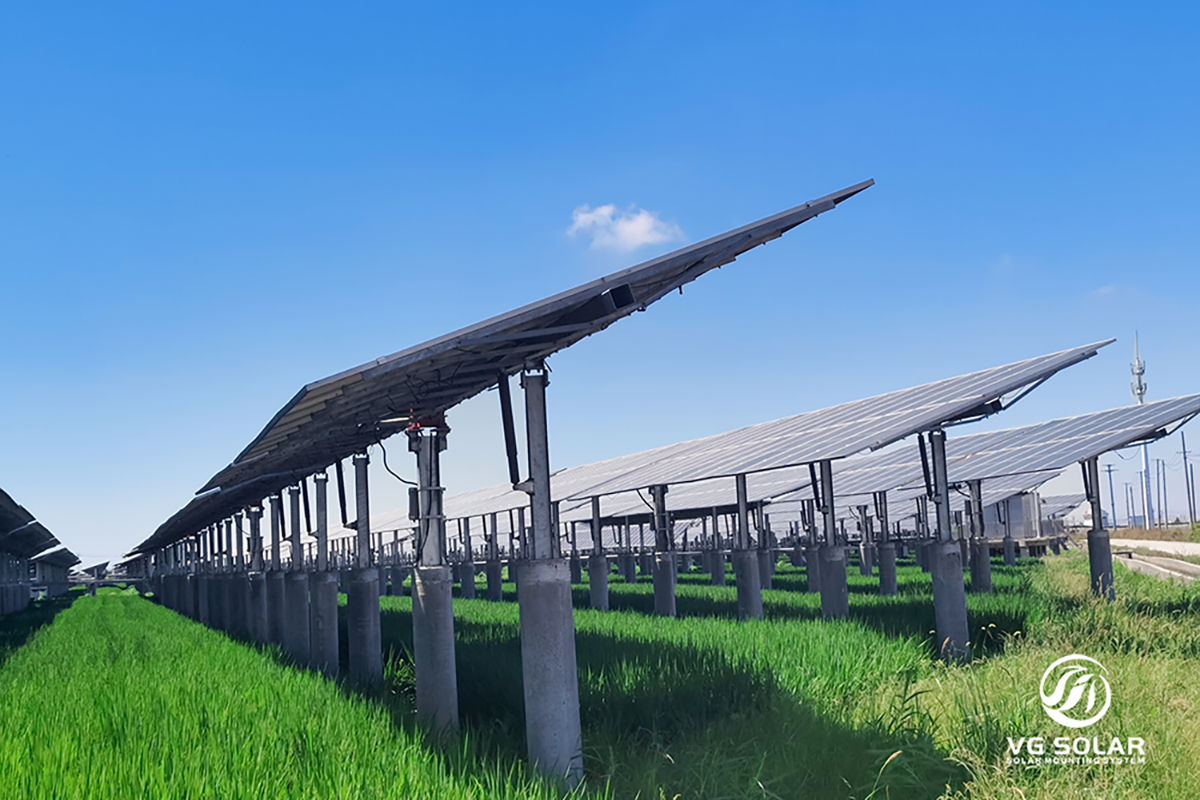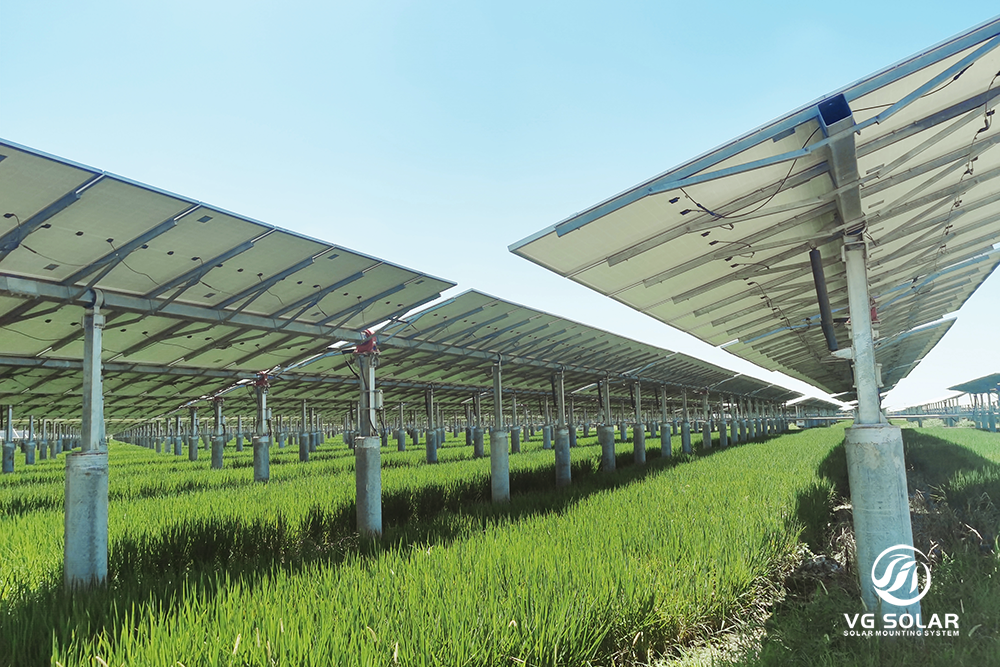The technological innovation of photovoltaic tracking systems has completely transformed the solar energy industry, enabling photovoltaic power plants to achieve higher power generation, longer power generation time and lower power generation costs. This innovation is critical to meeting the growing demand for renewable energy and reducing dependence on traditional fossil fuels. However, as the industry continues to evolve, the need for photovoltaic tracking systems to adapt to complex terrain and harsh weather conditions has become increasingly apparent.
One of the key challenges in the deployment of photovoltaic tracking systems is the need to adapt to complex terrain. Traditional fixed solar panels are often limited in their ability to be installed on uneven or sloping surfaces. This is where solar tracking systems offer significant advantages. By using advanced tracking technology, these systems can be installed on a variety of terrains, including hilly or uneven terrain. This adaptability opens up new opportunities for solar deployment in areas previously considered unsuitable for traditional solar installations.

In addition, the ability of PV tracking systems to cope with adverse weather conditions is a key factor in ensuring the reliability and efficiency of solar power generation. Severe weather events such as high winds, heavy snowfall and extreme temperatures can pose significant challenges to solar installations. To this end, the latest iterations of PV tracking systems are designed to withstand harsh weather conditions, ensuring that they can continue to operate effectively and safely in harsh environments.
In addition, continuous iterations of photovoltaic tracking system technology have encouraged the development of advanced monitoring and control systems that can optimise the performance of solar installations in real time. These systems can adjust the position of solar panels to maximise exposure to sunlight and minimise the impact of shading from surrounding objects, thereby increasing power generation efficiency.

In addition to adapting to complex terrain and harsh weather conditions, recent advances in photovoltaic tracking systems have also focused on reducing the overall cost of electricity from photovoltaic power plants. By improving the efficiency and reliability of solar power generation, these systems help to reduce the levelized cost of electricity (LCOE) associated with solar power, making it a more competitive and sustainable energy source.
The integration of advanced tracking technology into photovoltaic systems also improves the overall performance and longevity of solar installations. By continuously tracking the sun's position throughout the day, these systems can generate more power for longer periods of time, maximising the energy output of the solar panels.
In summary, the technological innovation of photovoltaic tracking systems has significantly improved the capability of solar power generation. Continuous iterations of this technology allow these systems to adapt to complex terrain and harsh weather conditions, making solar energy more accessible and reliable in different environments. As the industry continues to evolve, the continued development of photovoltaic tracking systems will play a critical role in driving widespread solar adoption and accelerating the transition to a more sustainable and resilient energy future.
Post time: Jun-06-2024
